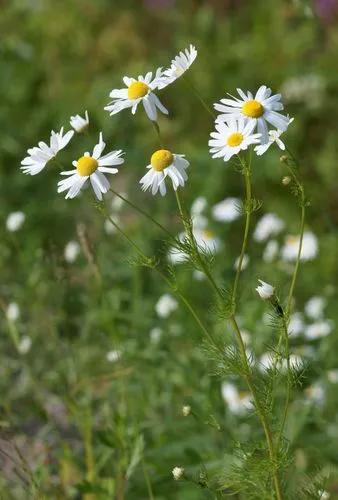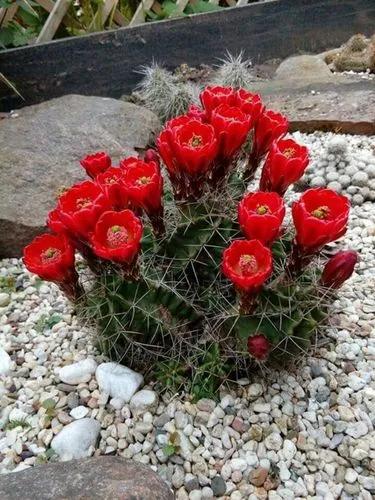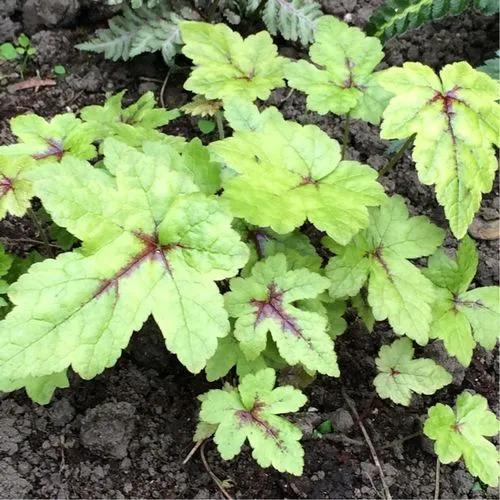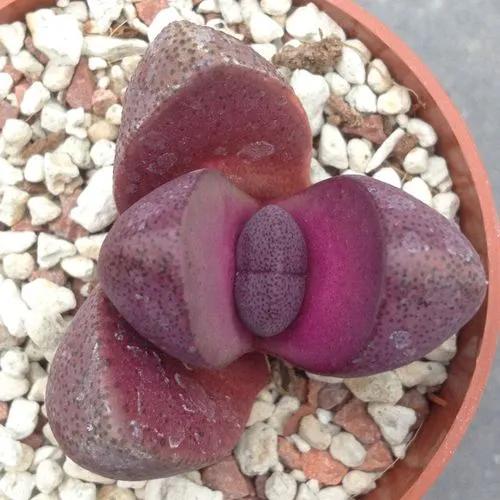Common milkweed, a native to North America, is a hardy, low-maintenance plant that offers beautiful flowers and scents in the summertime. Also, having these on your deck, balcony, or even window seal may attract monarchs and other butterflies.
Milkweed Care
Asclepias syriaca



The common milkweed, also often referred to as just milkweed, is a perennial and part of the Asclepiadaceae family. It is a wildflower that can be found throughout North America in dryer areas, specifically in the more central to eastern states and provinces of Canada and the USA.
A flowering plant, common milkweed can be confused with a vast number of similar milkweed species, including dogbane, which has similar oval-shaped leaves and heights. However, common milkweed can be identified by its hairy stem and white to fragrant pink flowers.
The common milkweed blooms throughout the summer months, creating easy-to-identify small 2-inch (5 cm) balls of tiny flowers.
How to Care for the Plant

Water

Being from relatively dry climates, common milkweeds only need a sip very infrequently. When the soil is completely dry, give your green pet about 1 inch (2.45 cm) of water.

Pruning

It is recommended to cut common milkweed at the stock every year, removing about 2/3 from the top to prevent fungal infections.
Milkweed can be grown from seeds, too; plant them 1 inch (2.45 cm) deep in small containers, water regularly, but don't waterlog the soil until sprouts can be seen. Afterward, water when the soil is completely dry.

Fertilizer

Fertilizing is not required for this plant, as it can live in relatively barren conditions. However, a general-purpose fertilizer will help its growth and bloom.

Sunlight

Common milkweed loves full direct light and is happiest with 6 to 8 hours of sun a day. You can place your greenie next to a south-facing window.

Soil

Being a tough species, the common milkweed can survive in several soil types. So, a general potting soil will help meet all of its needs. However, dry, nutritious, and slightly acidic soil is optimal for your greenie's health.

Propagation

Common milkweed can be propagated through cuttings; however, it is essential to ensure the cut remains moist for around 10 weeks before transplantation. Keep the stem in moist soil, sand, or other material.

Temperature

The common milkweed does well in extreme conditions, especially colds, being common in areas that reach as low as -0˚F(-17°C). However, sustained humid and hot weather can damage them, with temperatures of 85˚F(29°C) and over being especially dangerous.

Container

A large container is recommended, as common milkweed roots grow widely and extend deep into the soil. A container made of lightweight material is also recommended, as this will reduce the strain on anyone who has to move it. Holes at the bottom of the pot are needed, as these flowers do not enjoy overly wet soil.

Fun fact

Common milkweeds are a favorite of butterflies, especially monarch butterflies, which often lay their eggs on the prairie plant.

Popularity

2,040 people already have this plant 363 people have added this plant to their wishlists
Discover more plants with the list below
Popular articles






